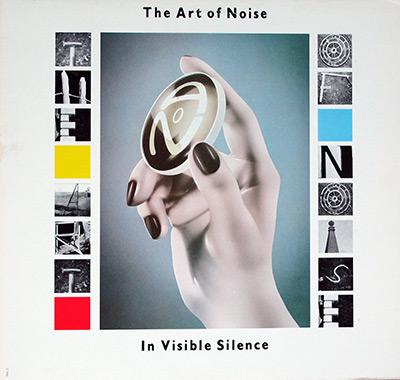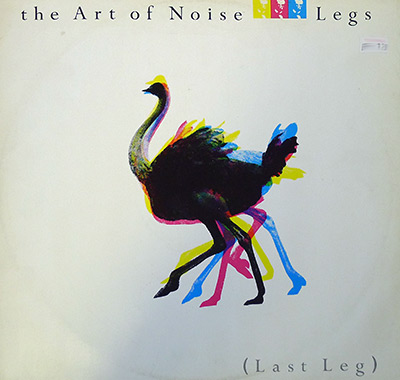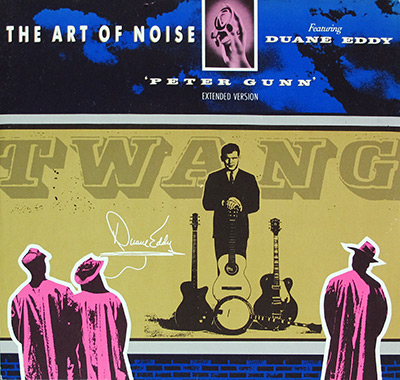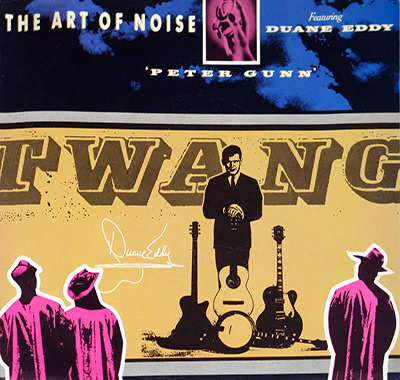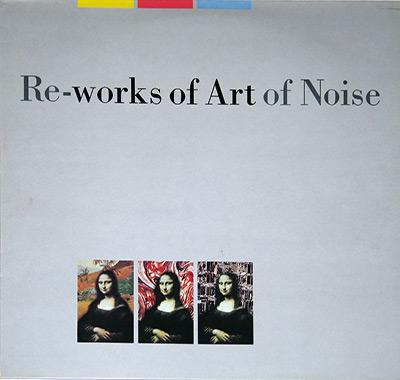In 1987, the British avant-garde synth-pop group Art of Noise released their third studio album, "In No Sense? Nonsense!" on China Records. This album marked a significant departure from their previous work, showcasing a broader range of musical influences and a willingness to experiment with unconventional sounds and structures.
The historical context of this release is crucial to understanding its significance. By the late 1980s, the music industry was increasingly embracing electronic instruments and sampling technology, and Art of Noise was at the forefront of this movement. Their earlier work had already established them as pioneers in the field of electronic music, but "In No Sense? Nonsense!" saw them pushing their creative boundaries even further.
The album's title, a playful pun on the word "nonsense," hints at the group's disregard for traditional musical conventions. The tracklist features a diverse mix of instrumental pieces and vocal tracks, incorporating elements of classical music, choral arrangements, and industrial soundscapes. This eclectic approach resulted in an album that was both challenging and rewarding for listeners.
The studio sessions for "In No Sense? Nonsense!" were a testament to the group's collaborative spirit and willingness to experiment. The band members, Anne Dudley (keyboards, vocals), J. J. Jeczalik (keyboards, sampling), Gary Langan (production, engineering), and Paul Morley (lyrics, concepts), worked together to create a unique sonic landscape that defied easy categorization.
One of the most notable aspects of the album is its use of orchestral and choral arrangements. Tracks like "Opus for Four" and "Fin Du Temps" feature sweeping string sections and ethereal vocal harmonies, adding a sense of grandeur and depth to the electronic soundscapes. This juxtaposition of electronic and orchestral elements was a bold move that challenged traditional notions of musical composition.
However, the album's unconventional approach also sparked controversy. Some critics accused the group of sacrificing musicality for the sake of experimentation, arguing that the album lacked cohesion and melody. Others praised their audacity and willingness to push the boundaries of popular music.
While Art of Noise didn't have a traditional frontman, each member played a crucial role in shaping the group's sound and identity. Anne Dudley's keyboard skills and vocal contributions added a melodic dimension to their often experimental compositions, while J. J. Jeczalik's mastery of sampling technology allowed them to incorporate a wide range of sounds into their music. Gary Langan's production expertise ensured that their sonic experiments were translated effectively into recordings, and Paul Morley's conceptual contributions helped to create a cohesive artistic vision for the group.
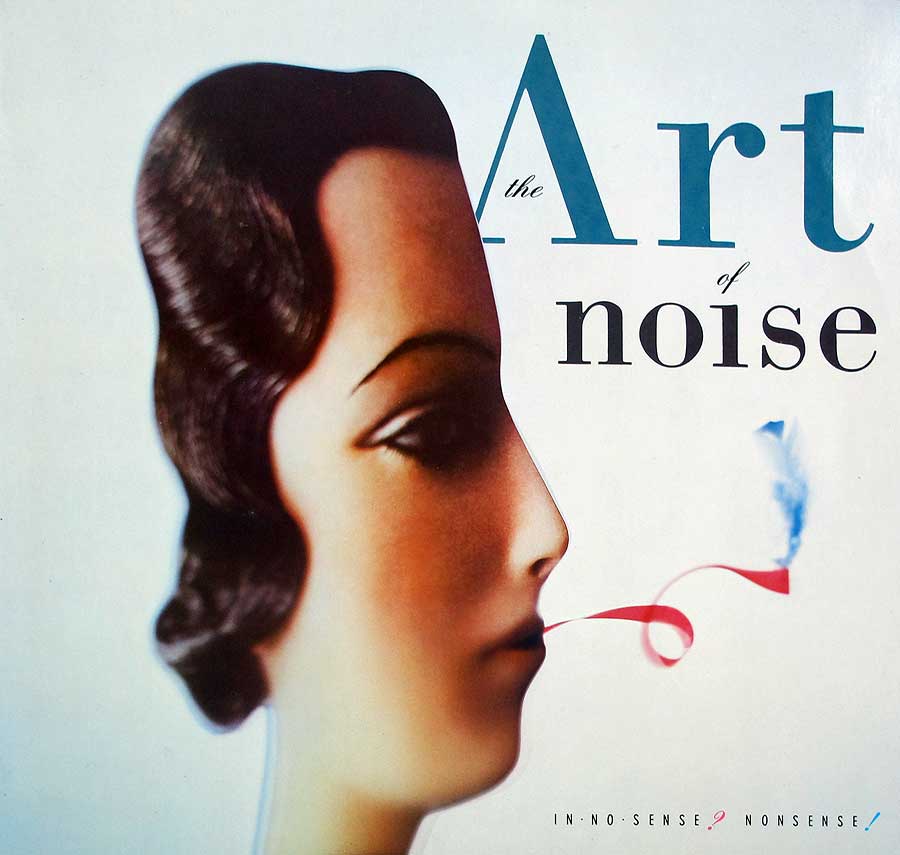
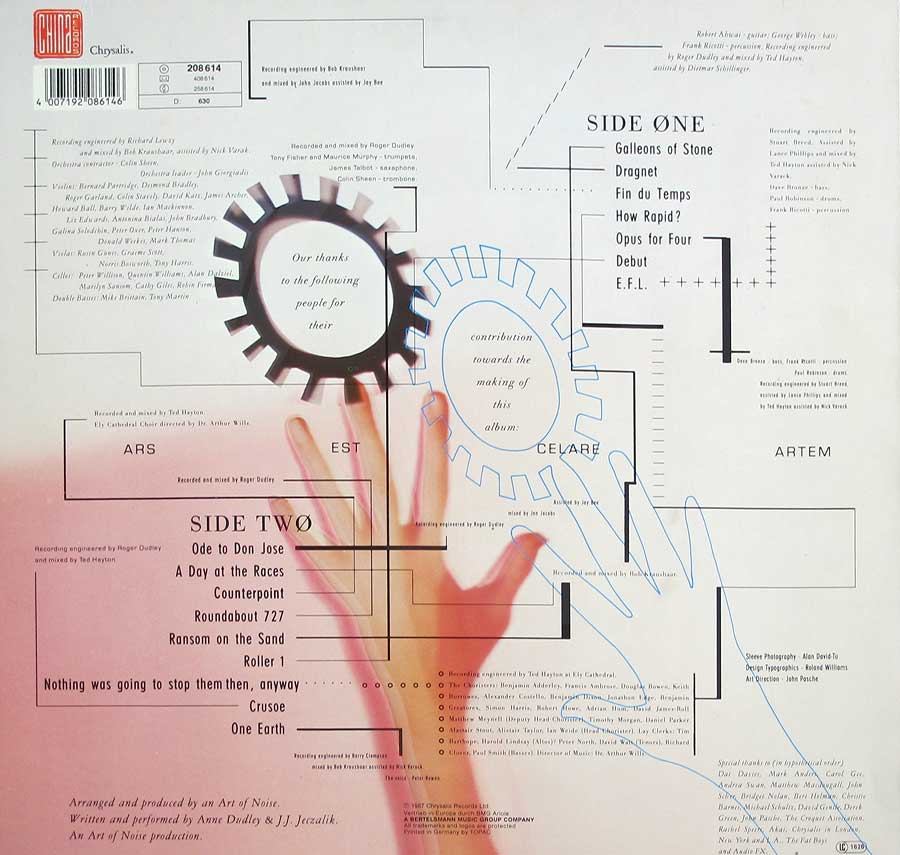
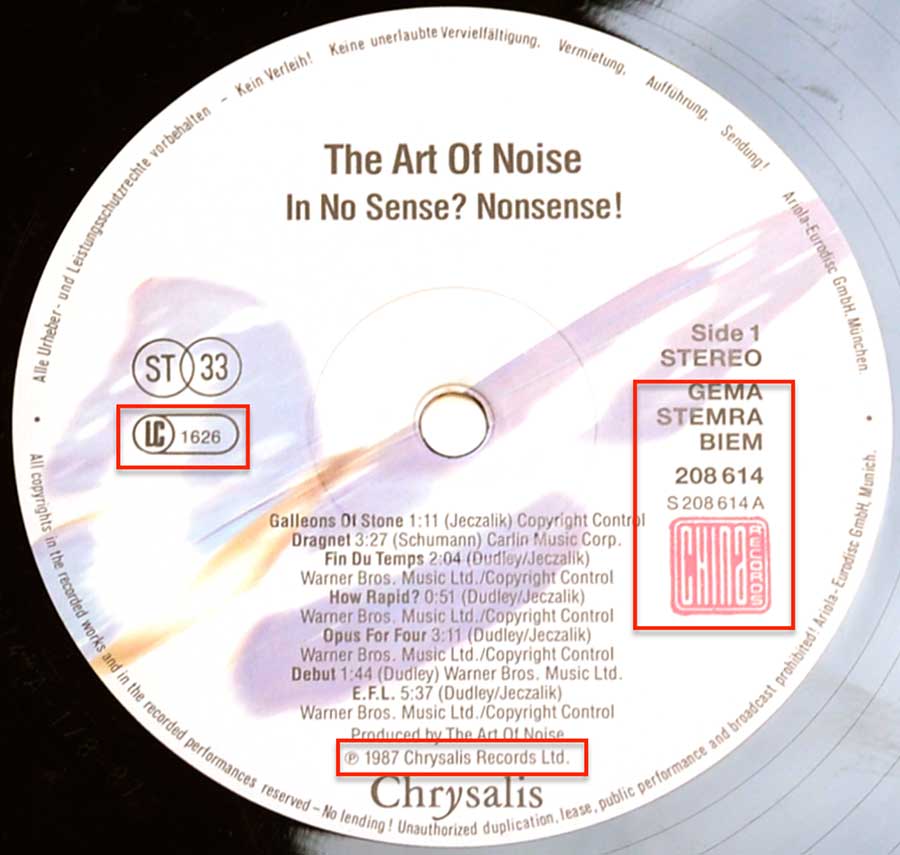
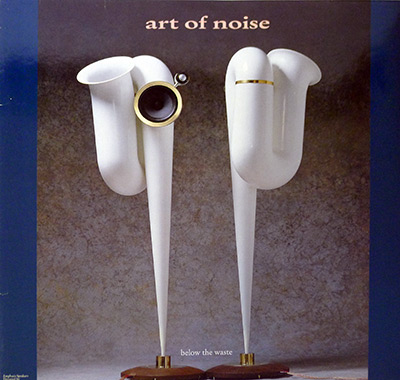 a
a

